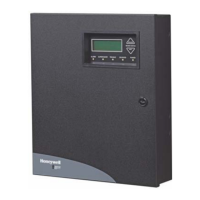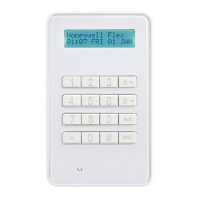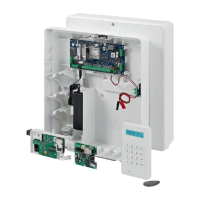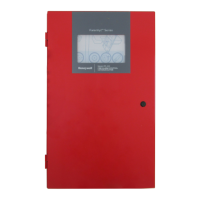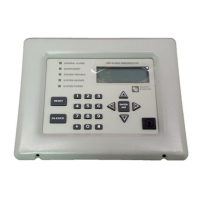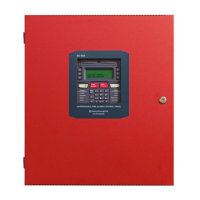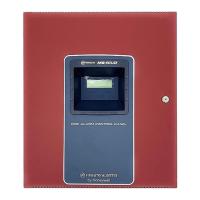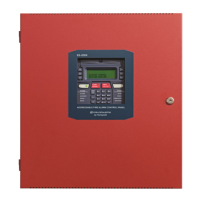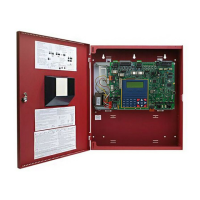Flex 402 & Flex 404 Instruction Manual — P/N 52194:D4 3/27/2015 47
Appendix A: NFPA Standard-Specific Requirements
The Flex 402 and Flex 404 have been designed for use in commercial, industrial, and institutional
applications and meet the requirements for service under the National Fire Protection Association
(NFPA) Standards outlined in this Appendix. The minimum system components required for
compliance with the appropriate NFPA standard are listed below:
Flex 402/Flex 404 Control Panel
Contains the main control board, cabinet (backbox and door), main power supply transformer, and
power supply.
Batteries
Refer to “Power Supply Calculations” on page 43, for Standby Power Requirements.
Initiating Devices
Connected to one of the control panel's Initiating Device Circuits.
Notification Appliances
Connected to the control panel's Notification Appliance Circuits via a control module.
A.1 Central Station/Remote Station Transmitter: Connection
to FACP Dry Contacts
The dry contacts of the FACP programmable relays can be used to trip a UL-864 Listed Central
Station/Remote Station Transmitter. The FACP contacts must be supervised by the Central
Station/Remote Station Transmitter module using End-of-Line Resistors (ELRs) with a value
determined by the Transmitter manufacturer. Power is also provided by the Central Station/Remote
Station Transmitter manufacturer. Refer to the Central Station/Remote Station Transmitter
manufacturer’s manual for details.
B+ B- B+ B-
ZONE 1 ZONE 2
B+ B- B+ B-
ZONE 3 ZONE 4
C TRBL NORM
TROUBLE
C NC NO
ALARM SUPV
C NC NO
JP3
Figure A.1 FACP Dry Contacts Connection to Central Station/Remote Station Transmitter
Typical Central Station/Remote Station Transmitter Module
Typical Input Zone Triggers
FACP Main Circuit Board
Alarm
Trouble*
Supervisory
*Note: The Trouble Relay is a
fail-safe relay. With power
applied to the FACP and no
troubles in the panel, the wiring
should be connected to the C
and TRBL contacts as indicated
in the illustration.
ms4cdryxmit.wmf

